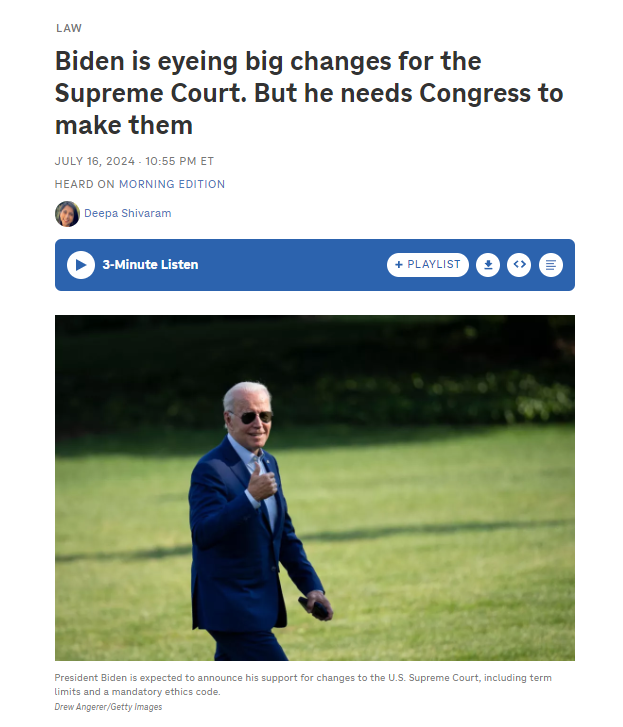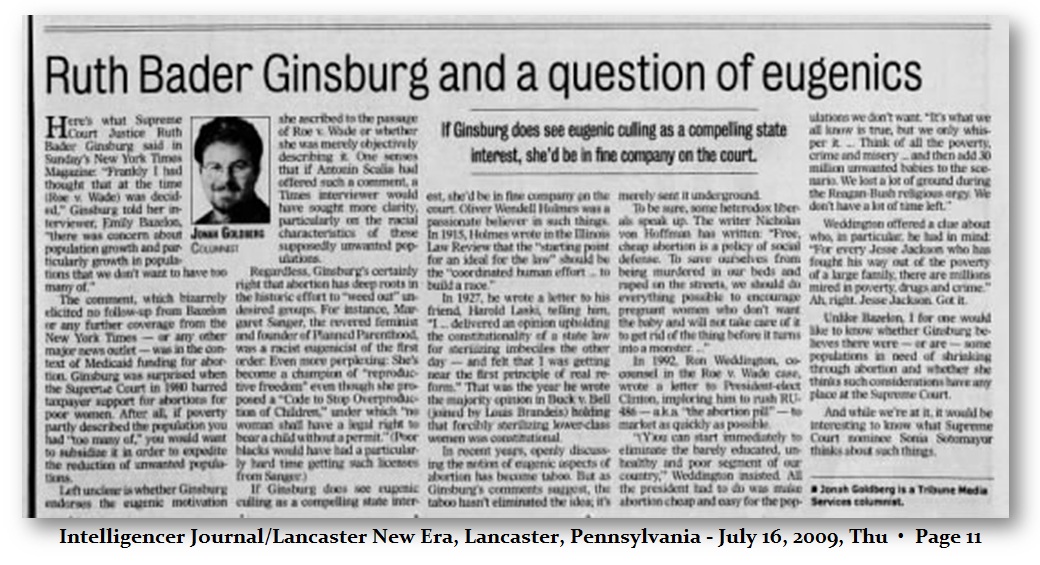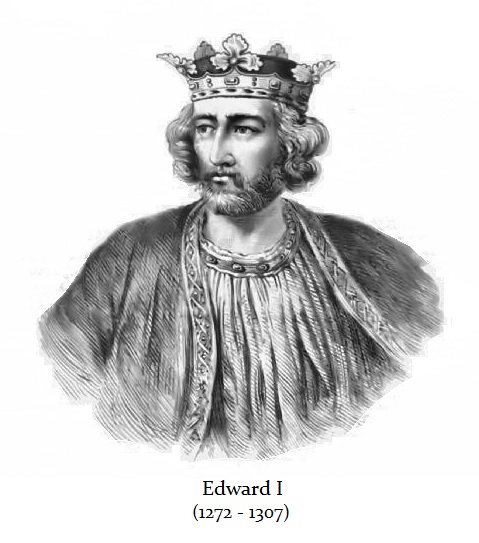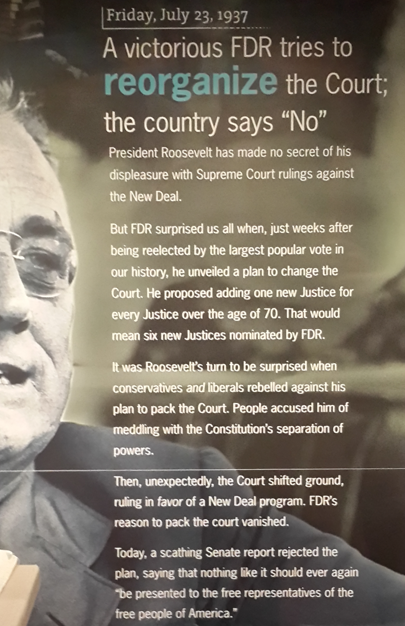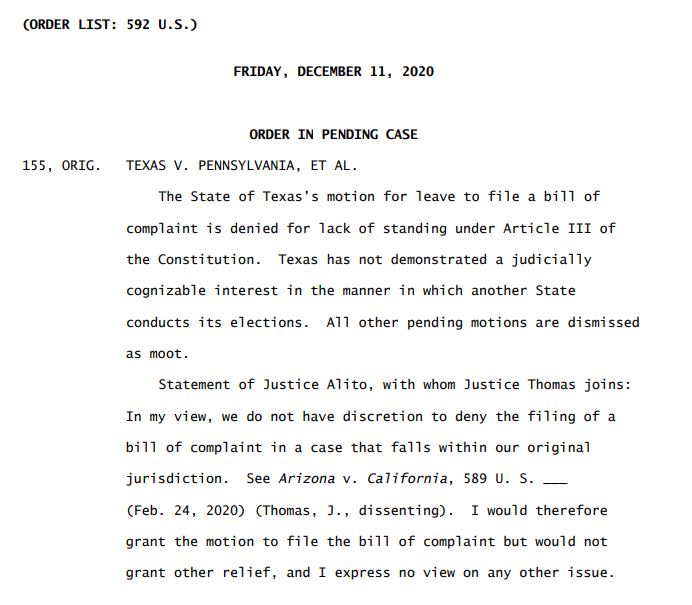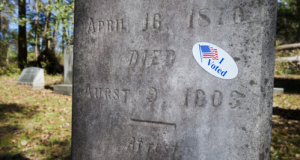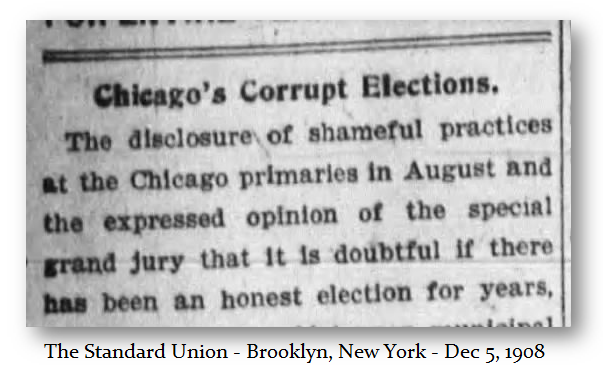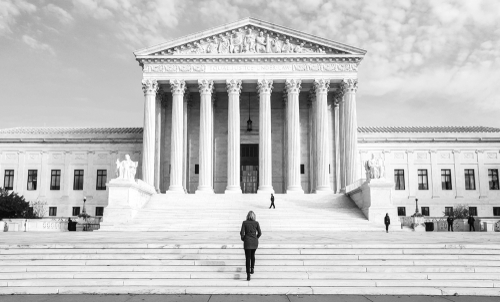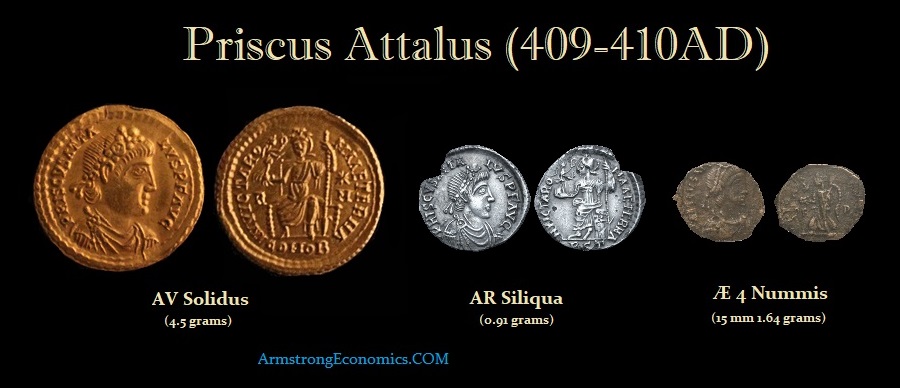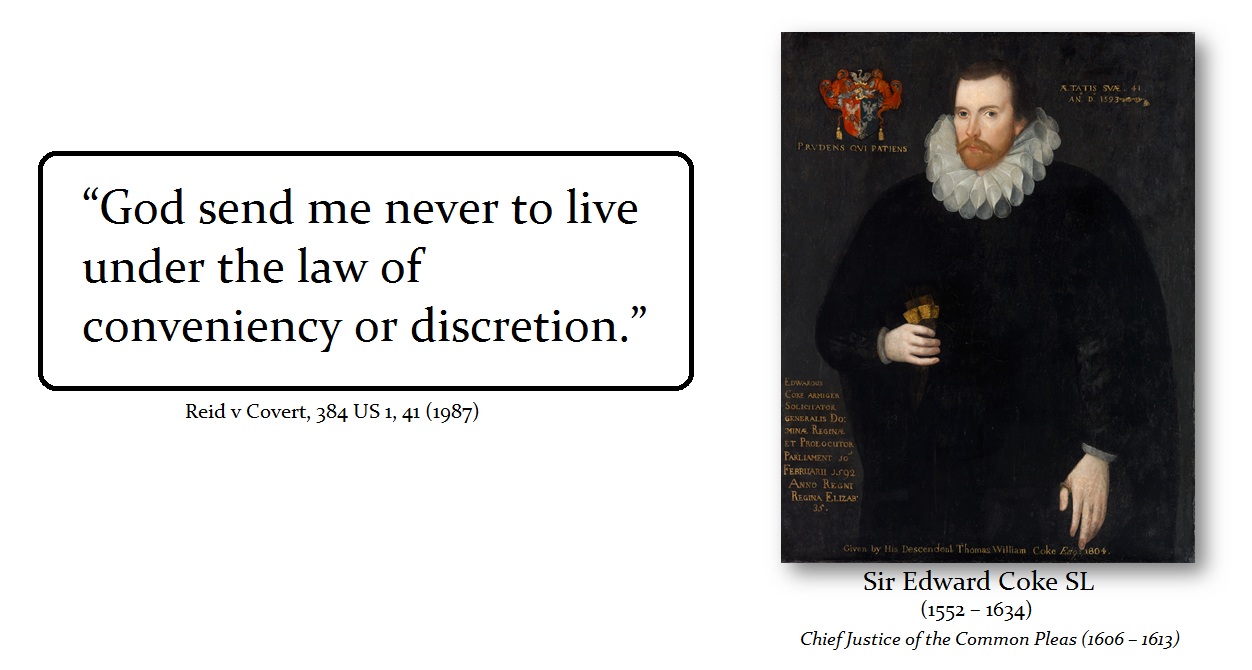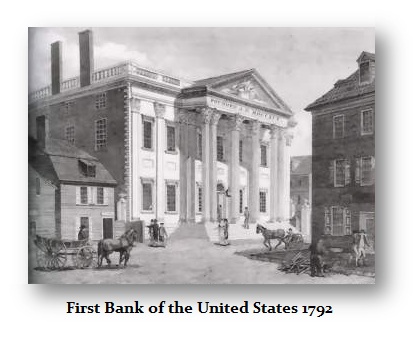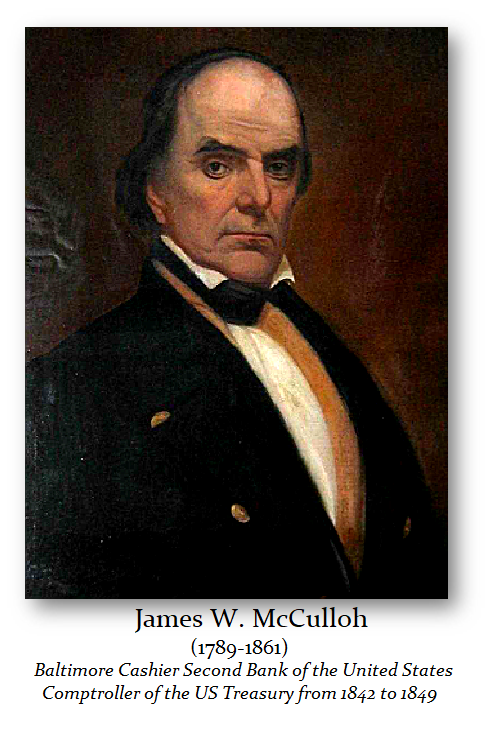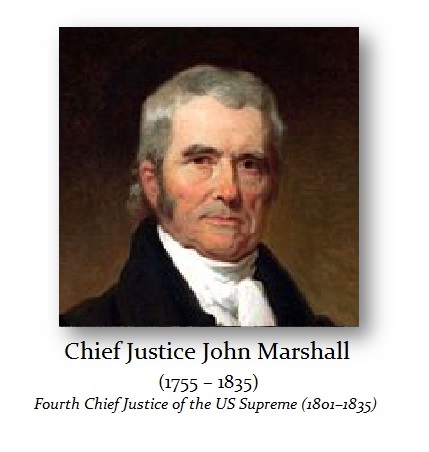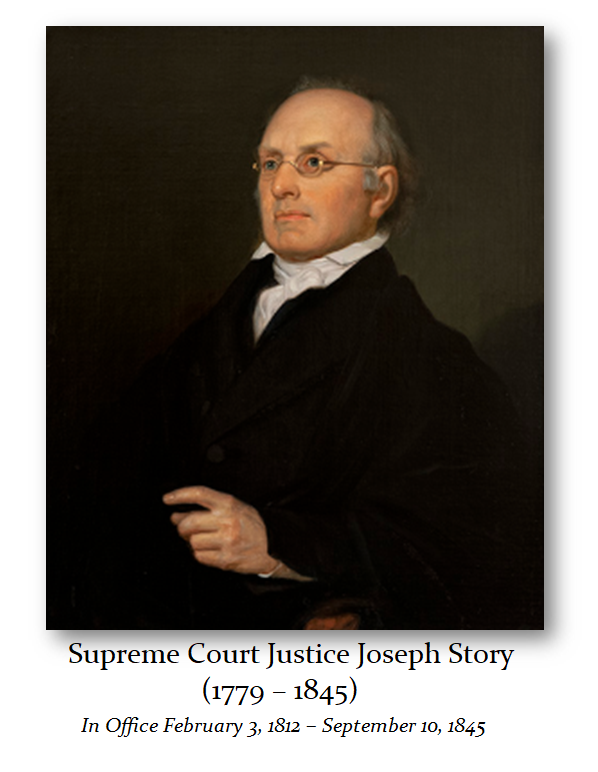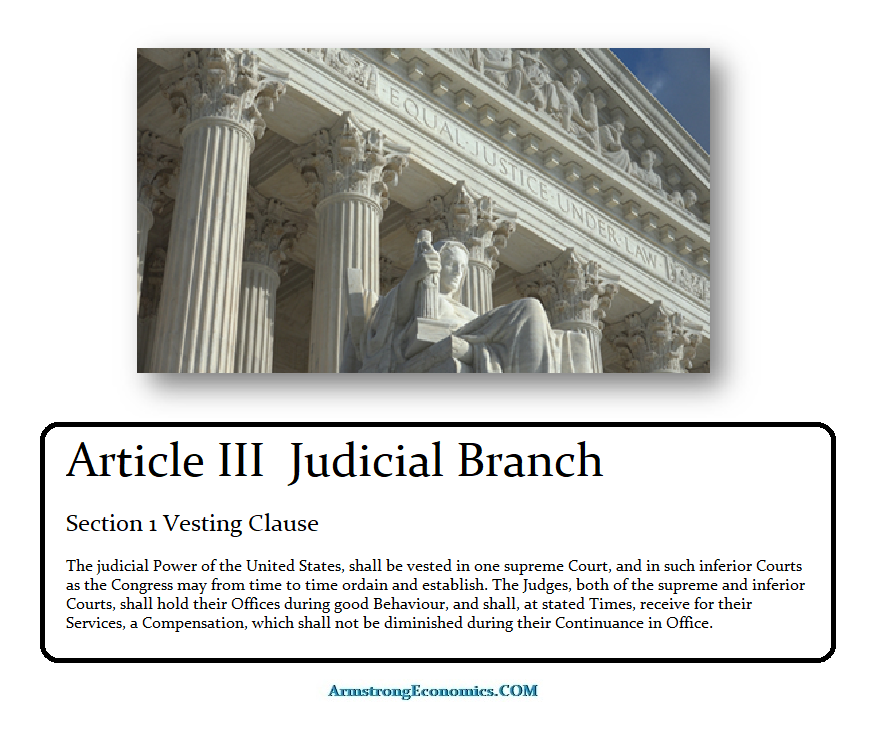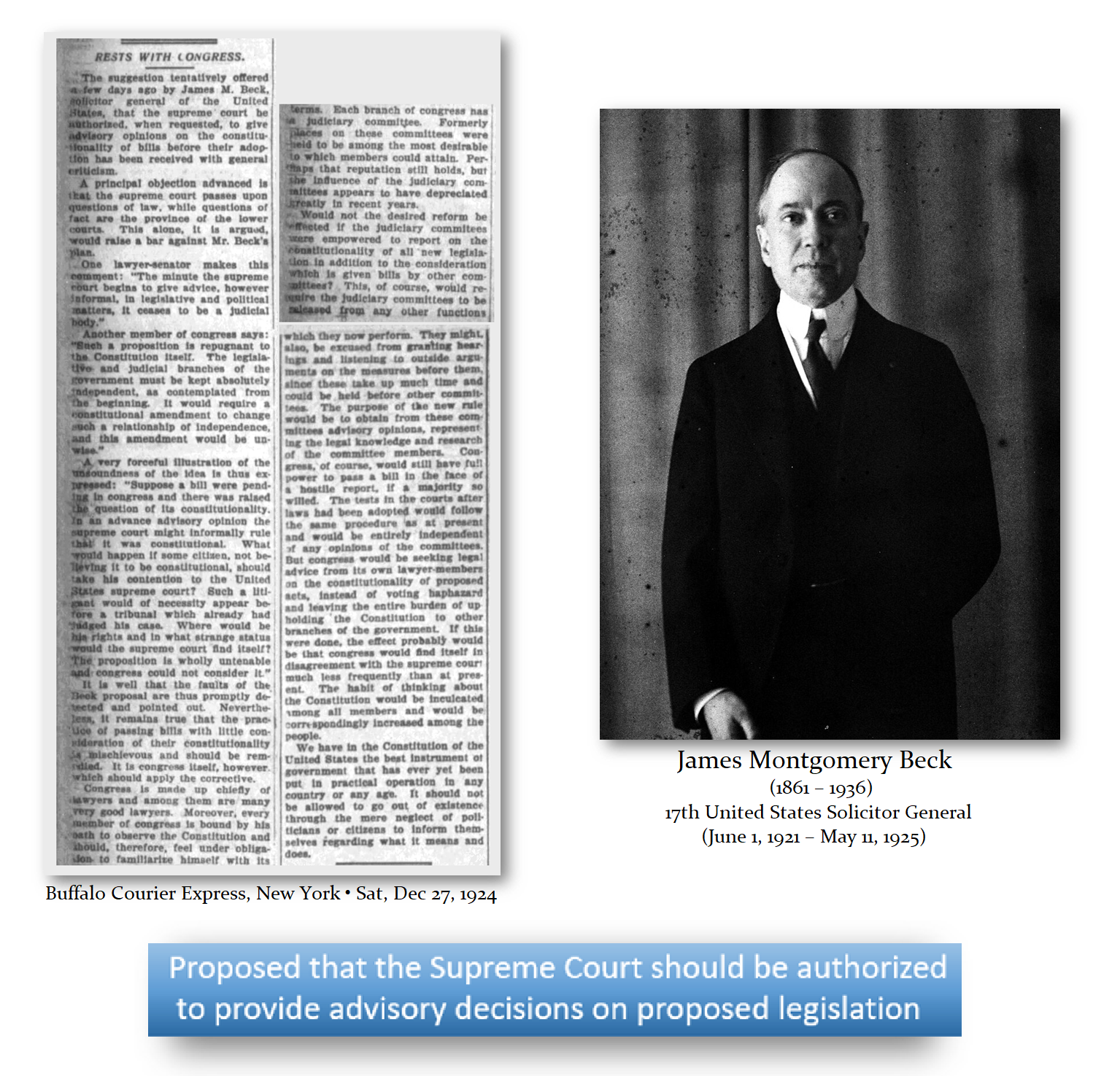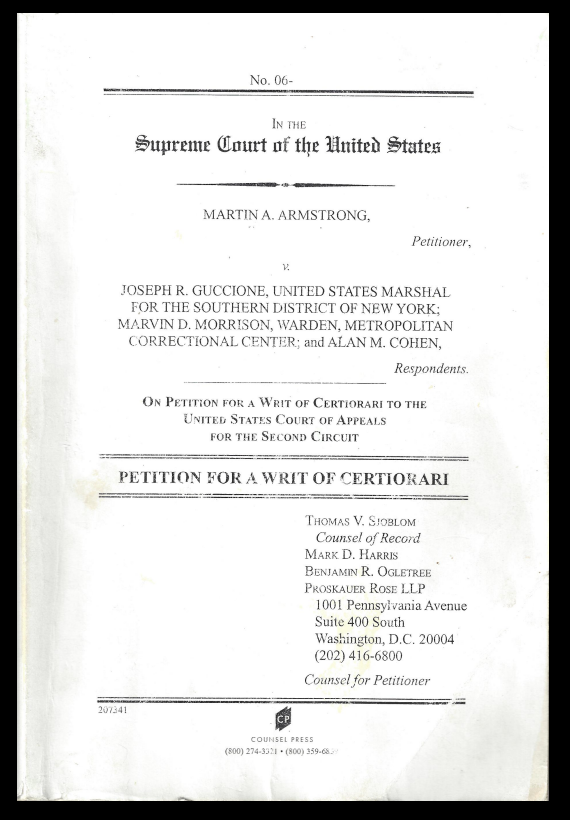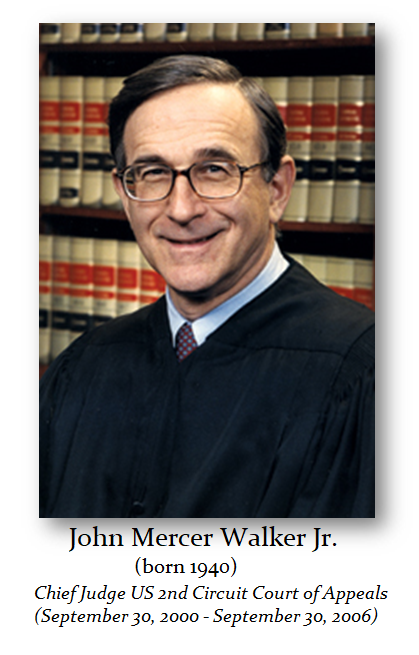THE SUPREME COURT HAS FAILED US
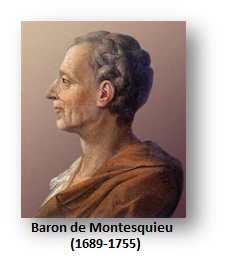 The Judiciary Act of 1925 held that the Supreme Court would have the discretion to select what it wants to hear in direct violation of the Constitution, which has NEVER been addressed. The Constitution ONLY established the Supreme Court as part of a tripartite government and the separation of powers as laid out as essential to constrain tyranny by Baron de Montesquieu (1689-1755), who was also the inspiration for the Second Amendment, which was to keep citizens armed rather than maintain standing armies to prevent war.
The Judiciary Act of 1925 held that the Supreme Court would have the discretion to select what it wants to hear in direct violation of the Constitution, which has NEVER been addressed. The Constitution ONLY established the Supreme Court as part of a tripartite government and the separation of powers as laid out as essential to constrain tyranny by Baron de Montesquieu (1689-1755), who was also the inspiration for the Second Amendment, which was to keep citizens armed rather than maintain standing armies to prevent war.
As such, the lower courts were created ONLY by statute under Congress and could just as easily be shut down since they are NOT mandatory by the Constitution. The only court required by the Constitution is the Supreme Court, and every Justice of the Supreme Court of the United States is required to take two oaths before they may execute the duties of their appointed office – (1) the Constitutional Oath to defend it and (2) the Judicial Oath.
Therefore, anyone can see on its face that the Judiciary Act of 1925 is unconstitutional, for it violates their oath to defend the constitution when they have the discretion not to hear cases. Previously, the Supreme Court ruled and ignored this when it defined “discretion” by saying,
“The term ‘discretion’ denotes the absence of a hard and fast rule.”
Langnes v Green, 282 US 531, 541 (1931).
This means those in power do NOT have to obey any law, even the Constitution, for they play the odds that the Supreme Court takes so few cases they can get away with abuses all the time. The Supreme Court also said:
“it is obvious that discretion does not exist where there is no power to act except in one way.”
Jones v SEC, 298 US 1, 18 (1936).
When judges and politicians claim discretion, they claim to be ABOVE the law of men. The Constitution is a mere scrap of paper once the Judiciary Act of 1925 was enacted. There should be NO discretion whatsoever, and instead of trying to jury-rig the Supreme Court, it should be expanded by allowing it to create judges and establish panels for each district that exercises the Supervisory Power of the Supreme Court that the Constitution necessitates.
The Supreme Court possesses Supervisory Power through its constitutional supremacy. Just as Congress has Supervisory Power over its own members, the same is true for the Supreme Court, which cannot be subordinated to politicians like FDR or Joe Biden, who sought to change this because they did not get their way. The existence of the SP as implicit in Article III’s establishment of exclusive jurisdiction to the Supreme Court, then any distinction between supreme and inferior statutory courts created by Congress rather than the Constitution, does not render the Judiciary a play-toy for Politicians. Congress can structurally create inferior courts within the judicial department. Yet, it or does not have the power to invade the separate Judicial branch and overrule its inherent authority under Article III.
Article I, Section 5 makes it clear this inherent Supervisory Power regarding Congress. It states:
Each House may determine the Rules of its Proceedings, punish its Members for disorderly Behaviour, and, with the Concurrence of two thirds, expel a Member.
The Supreme Court has recognized four general categories of powers belonging to the National Government—enumerated, implied, resulting, and inherent. Enumerated powers are those specifically identified in the Constitution. In McCulloch v. Maryland, 17 U.S. (4 Wheat.) 316 (1819), Chief Justice John Marshall made it clear that the Constitution expressly provides the National Government with specific enumerated powers, stating:
This government is acknowledged by all to be one of enumerated powers. The principle, that it can exercise only the powers granted to it, would seem too apparent, to have required to be enforced by all those arguments which its enlightened friends, while it was depending before the people, found it necessary to urge. That principle is now universally admitted.
id/17 US 405
This was a very famous and important case that addressed the foundation of the federal vs. state government structure. The United States government needed to pay off the debt that the nation acquired during the War of 1812. Prior to the war, the First Bank of the United States would do this. However, the charter authorizing the bank to make such payments had expired in 1811. Therefore, in 1816, Congress approved a charter for the Second Bank of the United States, which opened its first branch in Philadelphia. The bank then opened a branch in Baltimore, Maryland.
James W. McCulloh (1789-1861) worked as a cashier for the Baltimore branch. Later, he would become Comptroller of the US Treasury from 1842 to 1849. and the state of Maryland wanted to tax the bank they imposed, but James McCulloch refused to pay. Maryland filed a lawsuit against McCulloch, demanding that the bank pay its taxes in full.
The trial court ruled in favor of Maryland. James McCulloch then appealed. The appellate court upheld the decision. James McCulloch then filed for a writ of certiorari for the Supreme Court to review the case, which it did in February 1819. Daniel Webster (1782–1852) The Supreme Court was faced with the question of whether Congress had the authority to create the bank in the first place. If so, the question then turns to the next level. Does Maryland have the authority to tax a federally established bank?
The Supreme Court ultimately ruled unanimously in favor of James McCulloch, holding that Congress was within its power to create the bank and that the bank was fulfilling its duties in accordance with the rules of the Constitution. Consequently, this meant that the tax Maryland had levied against the bank was unconstitutional. By taxing the bank, the state of Maryland was levying a tax against every U.S. citizen, which no state had the authority to do.
Article I, Section 8 of the Constitution lists various powers the States handed to the National Government. Among these powers are the power to tax, spend, borrow, and regulate commerce. Congress also has the power to regulate the electoral process under Article I, Section 4, Clause 1, and the President has the power to veto legislation specified under Article I, Section 7, Clause 2.
Implied powers are those powers that are “necessary and proper” for Congress to be able to fulfill its duties. In other words, the Constitution’s enumeration of powers implies an additional grant of such powers necessary to effectuate them. In McCulloch v. Maryland, Chief Justice Marshall declared that the power conferred by the Necessary and Proper Clause (U.S. Const. art. I, § 8, cl.18.) embraces all legislative means which are appropriate
to carry out the powers provided expressly by the Constitution (McCulloch, 17 U.S. (4 Wheat.) at 421.). Chief Justice Marshall stated:
“Let the end be legitimate, let it be within the scope of the constitution, and all means which are appropriate, which are plainly adapted to that end, which are not prohibited but consist with the letter and spirit of the constitution, are constitutional.”
Previously, the Supreme Court had also ruled in Martin v. Hunter’s Lessee, 14 U.S. (1 Wheat.) 304, 326 (1816) (Story, J.) that the government of the United States can claim no powers not granted to it by the constitution. The powers granted must be expressly given or given by necessary implication. This case was decided by Justice Joseph Story (1779-1845), who wrote in his Commentaries on the Constitution of the United States that there were implied powers. He noted that analyzing whether a power is constitutional must begin by determining whether the Constitution expressly provides for the power id/§ 1238 (1833). If the Constitution does not expressly state (or enumerate) the power, the question becomes if such a power is necessary to implement a power explicitly provided by the Constitution.
Chief Justice Marshall 1828 identified resulting powers as those “result[ing] from the whole mass of the powers of the National Government and from the nature of political society.” American Insurance Company v. Canter, 26 U.S. 1 Pet. 511 511 (1828). In this case. Chief Justice Marshall held that the constitution definitively confers on the government the powers of making war and treaties; consequently, that government possesses the power of acquiring territory, either by conquest or by treaty. Therefore, since it has the power to acquire territory, then the result must be that it must have the right to govern such new territory.
Addressing the question of inherent powers, the Supreme Court did not exactly completely distinguish inherent from resulting powers. In United States v. Curtiss-Wright Export Corp., 299 U.S. 304 (1936), here it held that in matters of foreign affairs, the President’s powers represent the nation’s “sole organ” in international relations. Therefore, the President is vested with inherent powers over foreign affairs that far exceed those permitted in domestic matters and those even accorded to the U.S. Congress. Here, Justice George Sutherland described inherent powers as those that are independent of an authorizing power but are inherent to the government in its role as sovereign. Justice Sutherland stated that inherent powers originated in the external sovereignty that Great Britain passed to the United States at the end of the American Revolution. Justice Sutherland wrote:
“[S]ince the states severally never possessed international powers, such powers could not have been carved from the mass of state powers but . . . were transmitted to the United States from some other source. . . . When . . . the external sovereignty of Great Britain in respect of the colonies ceased, it immediately passed to the Union. . . . The powers to declare and wage war, to conclude peace, to make treaties, to maintain diplomatic relations with other sovereignties, if they had never been mentioned in the Constitution, would have vested in the Federal Government as necessary concomitants of nationality.”
id/Curtiss-Wright Exp. Corp., 299 U.S. at 316–18
Justice Sutherland emphasized the difference between domestic and foreign powers, with the former limited under the enumerated powers doctrine and the latter virtually free of any restraint. Curtiss-Wright Exp. Corp., 299 U.S. at 316–18. However, what he really did was claim that it was the “Declaration of Independence, ‘the Representatives of the United States of America’ declared the United [not the several] Colonies to be free and independent states, and, as such, to have ‘full Power to levy War, conclude Peace, contract Alliances, establish Commerce, and to do all other Acts and Things which Independent States may of right do.’” He further stated: “The states were not ‘sovereigns’ in the sense contended for by some. They did not possess the peculiar features of sovereignty — they could not make war, nor peace, nor alliances, nor treaties.” Thus, inherent power derived from the sovereignty of the federal government merely replacing the British Crown.
Therefore, aside from the doctrine of enumerated powers, the power to legislate by the rights expressly given and duties expressly enjoined by the Constitution, the Supreme Court has ascribed implied, resulting, and inherent powers to the National Government. Consequently, the United States has the power to create the currency, pay debts, acquire territory, legislate for Indian tribes, exclude and deport aliens, a hot topic currently, and require that those who are admitted be registered and fingerprinted. All of this amounts to the powers of sovereignty to conduct foreign relations.
NONE OF THESE POWERS CONFERS ON CONGRESS THE AUTHORITY TO DECREE THAT THE SUPREME COURT CAN NOT EXPAND, AND AS SUCH, IT IS TO EXERCISE DISCRETION, COMPLETELY ELIMINATING THE GUARANTEE OF ARTICLE III
In 1924, the 17th Solicitor General, the Government’s representative in the Supreme Court, argued that the Judiciary Act of 1925 should have given the Supreme Court the power to render advisory decisions. They refused to do so, for that would have expanded the Supreme Court when the objective was to eliminate it from entering the era of socialism that had just followed the imposition of the Income Tax.
Although the federal courts of appeals as they exist today originated in only 1891 when Congress passed the Evarts Act, their antecedents are as old as the nation. The first federal courts
authorized to review the judgments of federal district/trial courts on appeal were the circuit courts created by Congress in the 1789 Judiciary Act. At that time, individual Supreme Court Justices were riding circuits or would then go to their circuit to hear appeals – not the full court. These were the old circuit courts manned by the Justices, distinct from the modern courts of appeals for the various circuits today.
Therefore, the Supreme Court was greatly marginalized by the Judiciary Act of 1925 and transformed your constitutional right to be heard by the ONLY court created by the Constitution – the Supreme Court. All other courts are inferior statutory animals, and there is no Constitutional Guarantee to prevent them from being shut down.
Congress can pass a law that orders you to kill your firstborn in Biblical terms. You would only have STANDING in court if the government directed you to kill your first born. Then you could appeal assuming the district court rules in favor of the government, the court of appeals turns a blind eye, and they can impose lifetime indefinite contempt of court until you agree to kill your child. You can then appeal to the Supreme Court, but because of the Judiciary Act of 1925, they have the discretion to listen.
It took me 7 years to get to the Supreme Court. They ordered the government to explain. If they did not do that, I would die in prison. My personal life was entirely in the hands of this discretion. This is simply against everything the American Revolution stood for.
Judge Walker effectively held that distinct courts have the inherent power to imprison you for life without any trial or Due Process Rights while your discovery stays. Walker held: “Although the courts’ inherent powers do not draw from any specific grant of statutory authority.” He held that this inherent power was the same as the English courts. He effectively held that Congress did not have the power to circumvent that fact, which nullified the entire American Revolution. It was only because Justice Sotomayor, then a circuit judge, wrote a separate opinion stating that “This due process presumption should work in the opposite direction, as well: Except in unusual circumstances, a civil contempt sanction longer than eighteen months should be presumed to be punitive.” id/Armstrong v. Guccione, 470 F.3d 89 (2d Cir.2006).













